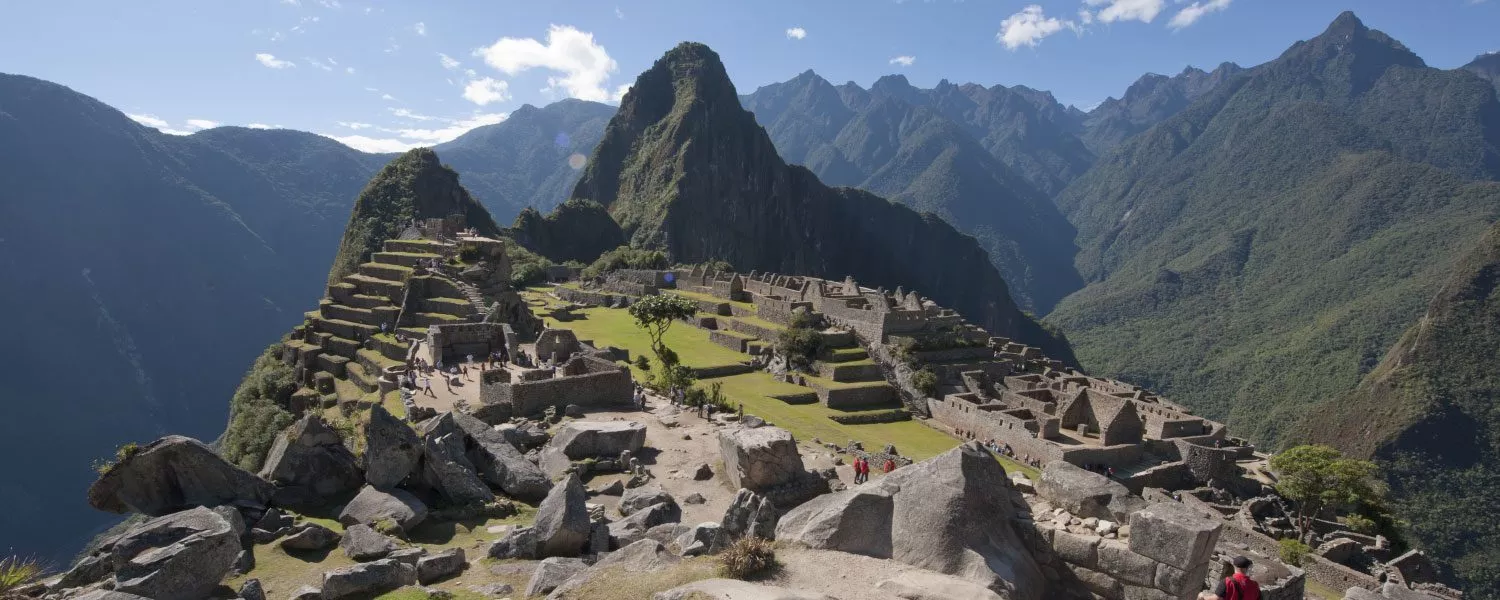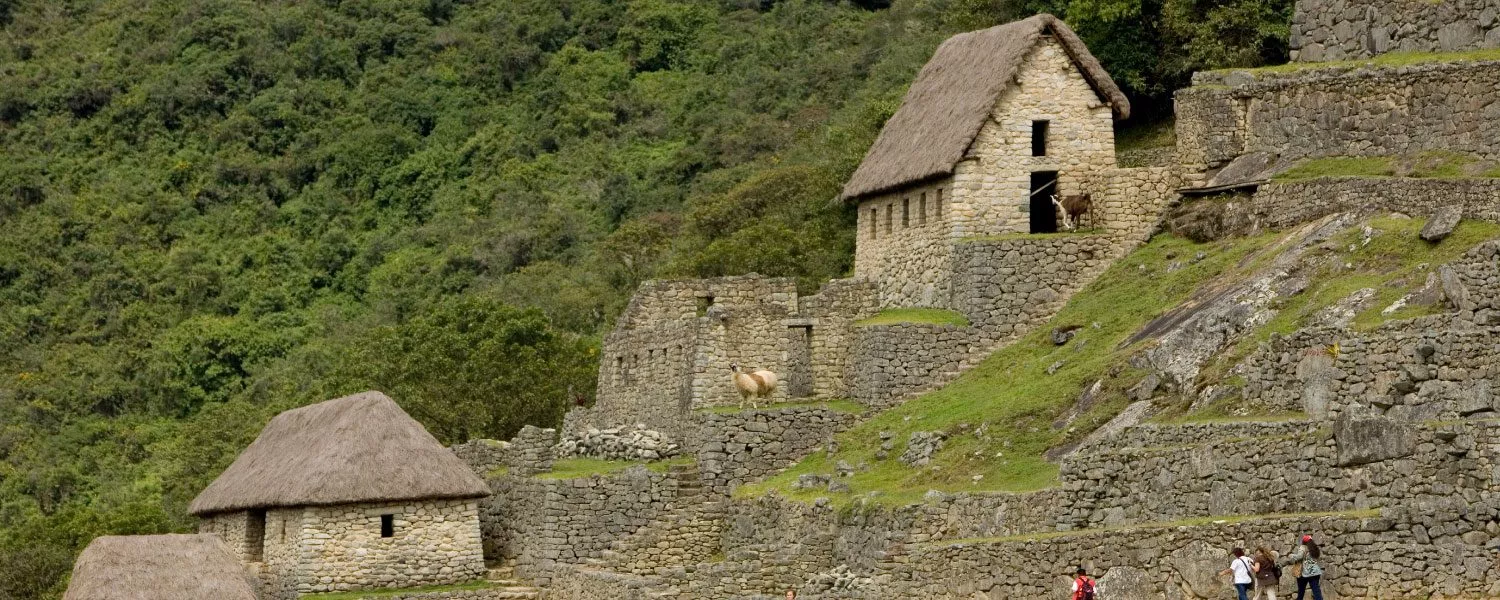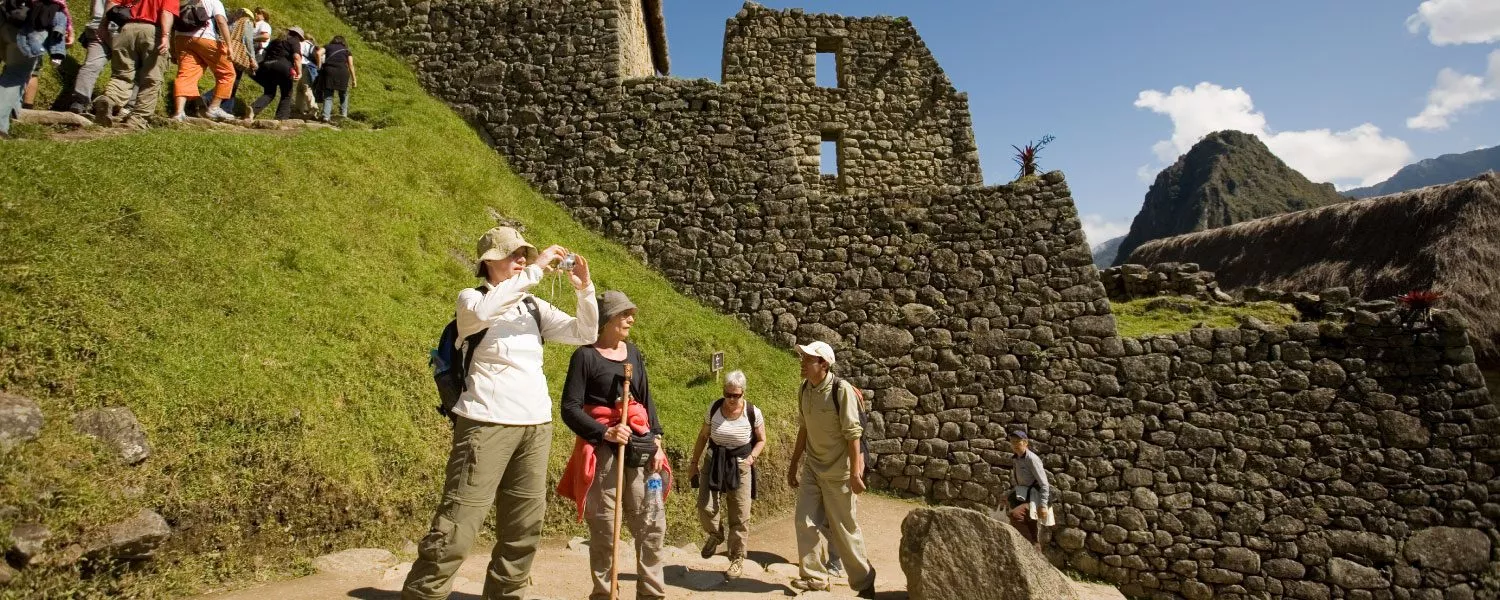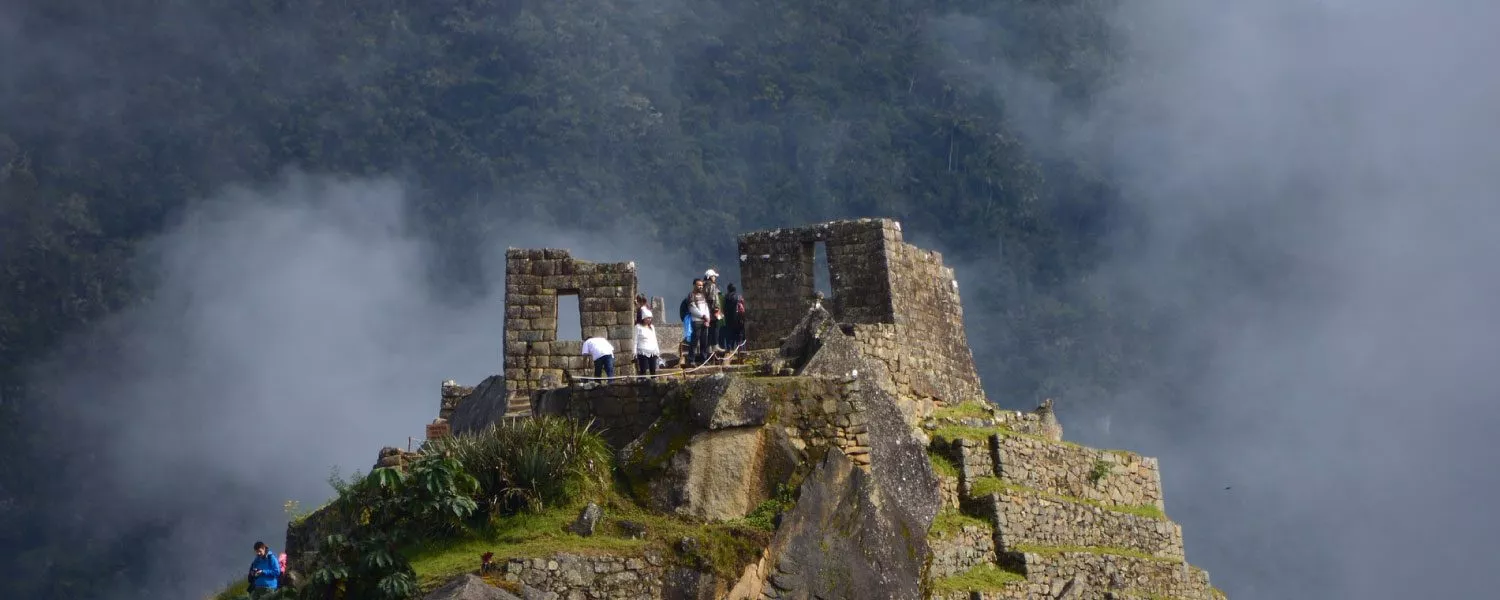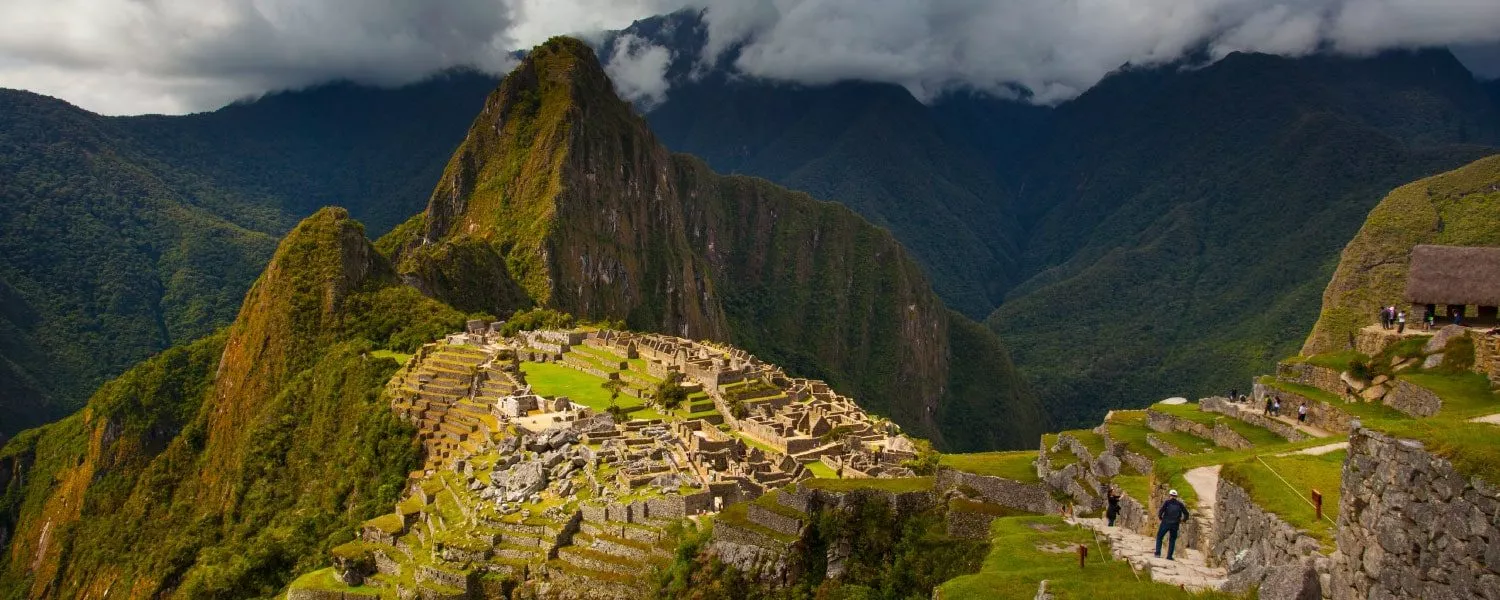Machu Picchu: A Wonder of Humanity
The iconic Inca City of Machu Picchu represents the zenith of tourist attractions in the Cusco Department and across Peru. Unveiled to the global community in 1911 by the esteemed American historian and explorer, Hiram Bingham, its discovery marked a significant milestone in archaeological science.
Esteemed for its architectural symbiosis with the natural environment and its sophisticated construction and water management systems, Machu Picchu has rightfully earned its place among the Seven New Wonders of the Modern World.
Nestled atop a mountain of granite, the name Machu Picchu—meaning “Old Mountain” in Quechua—aptly describes its majestic setting. The Incas’ advanced engineering skills are evident in their ability to seamlessly integrate the city’s structures with the mountain’s contours, achieving precision in the carving, polishing, and assembly of lithic blocks.
CLIMATE:
Machu Picchu’s climate features rainy conditions from November to March and sunny skies from May to September, with occasional rainfall occurring throughout the year. The temperature peaks at around 27°C (80.6°F), rarely dipping below 11°C (51.8°F).
ACCESS:
The recently renamed Machupicchu Pueblo, formerly known as Aguas Calientes (2014), is the primary access point to this ancient wonder. It can be reached by a scenic 4-hour train journey from Cusco (Poroy to Ollantaytambo by bus: 2 hours, followed by Ollantaytambo to Machupicchu Pueblo by train: 2 hours), or directly via a 2-hour train ride from Ollantaytambo, located in the heart of the Sacred Valley of the Incas.

